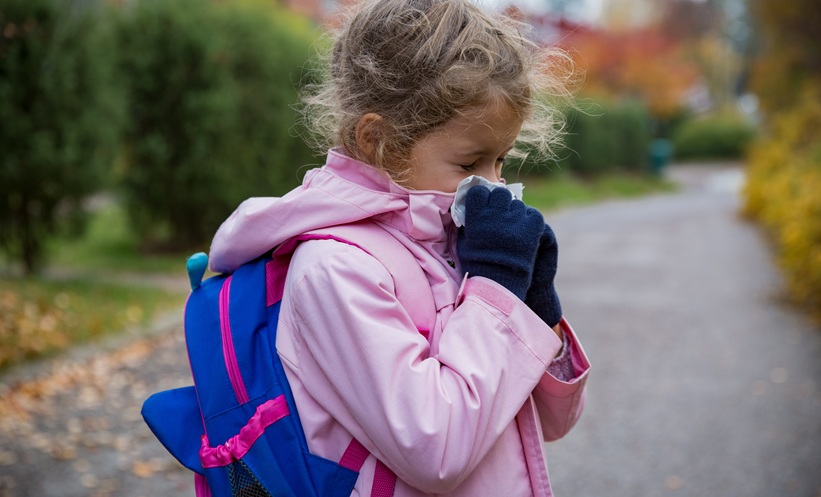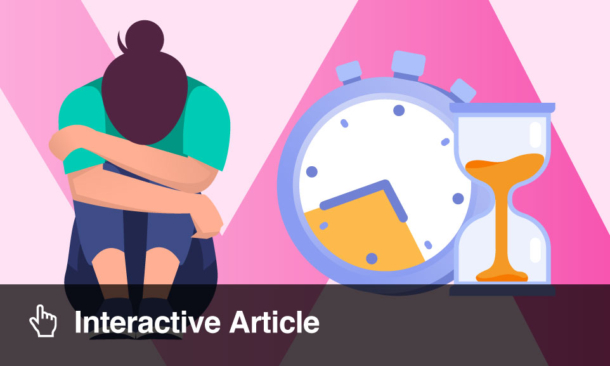A NEW study has revealed that prior rhinovirus infections, often responsible for the common cold, could help explain why children tend to fare better than adults when infected with SARS-CoV-2.
Researchers analysed data from the Human Epidemiology and Response to SARS-CoV-2 cohort, examining whether recent respiratory viral infections influence susceptibility to COVID-19. More than 10,000 nasal swabs from 1,156 participants were screened for 21 respiratory pathogens, with RNA sequencing performed on 538 samples to investigate antiviral gene activity. The team used case-cohort and case-control approaches to compare infection outcomes in individuals with and without recent rhinovirus exposure.
The findings revealed that participants who had experienced a rhinovirus infection within the preceding 30 days were at a 48% lower risk of SARS-CoV-2 infection (adjusted hazard ratio: 0.52; P=0.034). In those who did become infected with SARS-CoV-2, prior rhinovirus exposure was linked to a 9.6-fold reduction in viral load (P=0.0031). Transcriptomic analysis showed that higher pre-infection expression of 57 genes was associated with reduced SARS-CoV-2 replication, including 24 genes related to antiviral defences. Of these, 22 were activated by rhinovirus infections. Notably, children exhibited stronger expression of this antiviral gene signature (P=0.014) and were 2.2 times more likely to have rhinovirus infections than adults, which may account for their relative protection against severe COVID-19 outcomes.
The study highlights how frequent childhood rhinovirus infections could prime antiviral pathways in the airway, mitigating the impact of subsequent SARS-CoV-2 infection. While not a substitute for vaccination, these findings shed light on important host–virus interactions that may explain age-related differences in COVID-19 severity.
Reference
Moore CM et al. The common cold is associated with protection from SARS-CoV-2 infections. J Infect Dis. 2025; DOI:10.1093/infdis/jiaf374.








